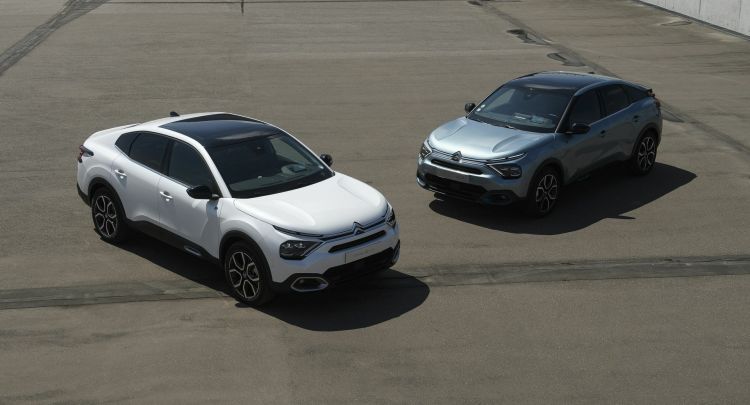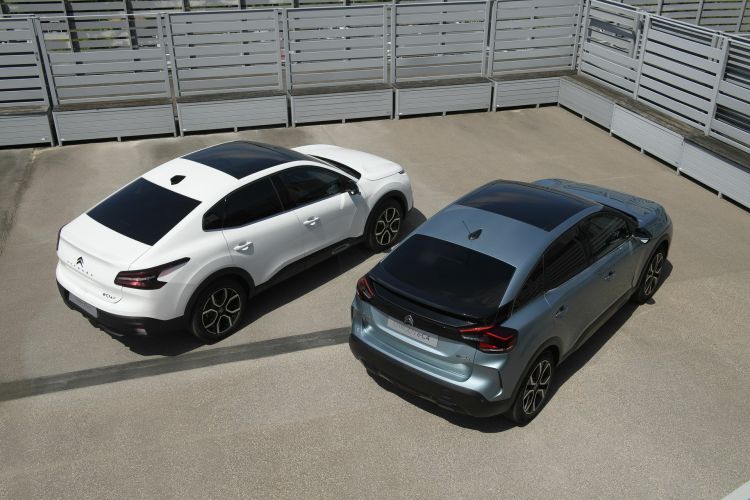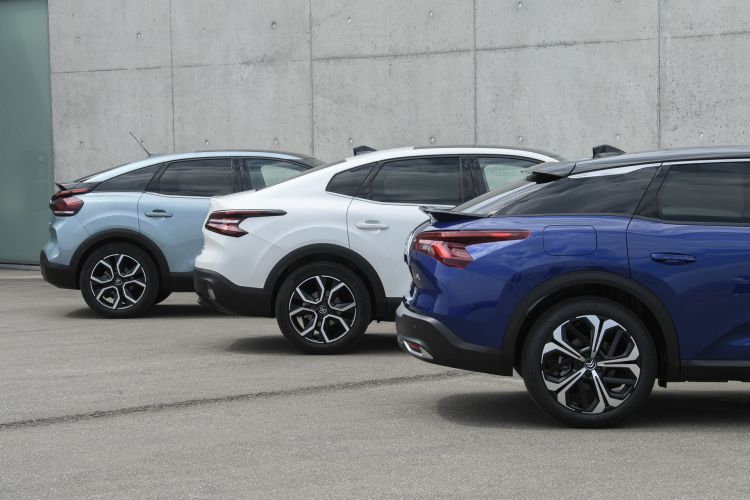One in two cars sold in Spain is an SUV. And many of the cars we don’t think of as SUVs are looking more and more like SUVs. Despite the fact that the new car market fell by 5.4% last year (from 859,477 registrations in 2021 to 813,396 in 2022), the volume of SUVs registered in Spain remains unchanged (473,512 registrations in 2021 and 471,505 in 2022). .
The share of SUVs has increased from 55% in 2021 to 58% in 2022. And, based on current trends, and the evolution of recent months, their share is expected to continue to increase this year. In Europe, the situation of SUVs is very similar to that of Spain, and this type of vehicle continues to account for more than half of the market.
With these data in hand, it would be very daring to predict or anticipate the death of SUVs.. And we are still far from having reached that turning point in which, at least, we can affirm that the SUV has peaked. But there are those who think the opposite and both his position and his arguments are relevant enough to pay attention to his vision of the evolution of the market.
The market share of SUVs in Spain will exceed 60% this year
Are SUVs dead and we still haven’t found out?
Vincent Cobée, CEO of Citroën, stated in an interview with the British magazine AutoExpress that “the world of SUVs is finished”, recognizing in any case that “the numbers do not prove him right”.
If we look at the Citroën range, we will not only find a first preview of how the end of SUVs could come about, but also proof that the French brand is already taking the first steps to be relevant in this new stage that would come after the undisputed reign of SUVs. And that example is none other than the Citroën C4 X, the latest Citroën launch that follows in the footsteps, in lower segments, of what the Citroën C5 X has already marked.
In a future without SUVs, what we would see on the market would be more and more cars with bodies that they move completely away from what we traditionally understand by an SUVas a kind of four-door sedan like the C4 X, but with SUV traits. A trend that is far from new, but without a doubt Citroën would be taking it to the extreme with the C4 X, as well as its “cousin” from Stellantis and compatriot Peugeot would be doing with its new Peugeot 408.
Vincent Cobée, CEO of Citroën, assures that SUVs are dead
The transition to electric, aerodynamics and weight
It is not worth going into disquisitions about what an SUV and a crossover are, but it is worth understanding the arguments of the CEO of Citroën to predict that SUVs are finished. And the first of these is that the transition to electric cars and the penalization of aerodynamics and mass over autonomy will necessarily make the SUV more expensive and, as a consequence, will make it unfeasible.
Poor aerodynamics, and the mass that a larger body requires, can dramatically penalize the autonomy of an electric car.. The difference, purely because of its design, between an SUV and a sedan can be “50, 60, 70, or up to 80 kilometers” of autonomy, as Cobée defends. With a taller and larger body, typical of an SUV, the manufacturer can mitigate the problem of autonomy with the margin available to use larger (and heavier) batteries. But that will not always be possible and viable.
Cobée pointed out that just as “the A segment has died due to regulations, the D SUV segment will also die due to aerodynamics and weight” and presumably that could be what happens with the rest of the SUV segments, if the regulations are precisely directed. to penalize the increase in weight of cars.
Aerodynamics and mass penalize the autonomy of electric vehicles and SUVs will not always be able to overcome that handicap by using larger (and also more expensive and heavier) batteries.
From the car that reflects a status, to being labeled as environmental terrorists
Cobée also appeals to environmental awareness as “if you live in a big city, leaving your children at school with a large SUV five years ago” was well seen, but “if you do it now, you are a terrorist”.
As interesting as these appreciations, one last consideration from Cobée: “If we stay in the “SUV format” until 2030 and we discover that there are no customers, the landing will be hard… you don’t want to be the last to leave the runway dance”.
Citroën is currently one of the least “dependent” brands on the SUV in Spain. The model of the chevron brand that achieved the highest volume of registrations last year was the Citroën C3 (14,112 units), followed by the Citroën C4 (12,841 units). In third and fourth place we find the two Citroën reference SUVs, with a Citroën C3 Aircross (10,624 units) and Citroën C5 Aircross (4,311 units).
And we are convinced that the Citroën C4 X, with its different proposal of a four-door sedan and crossover traits, will position itself as one of the best-selling models of the French brand.



